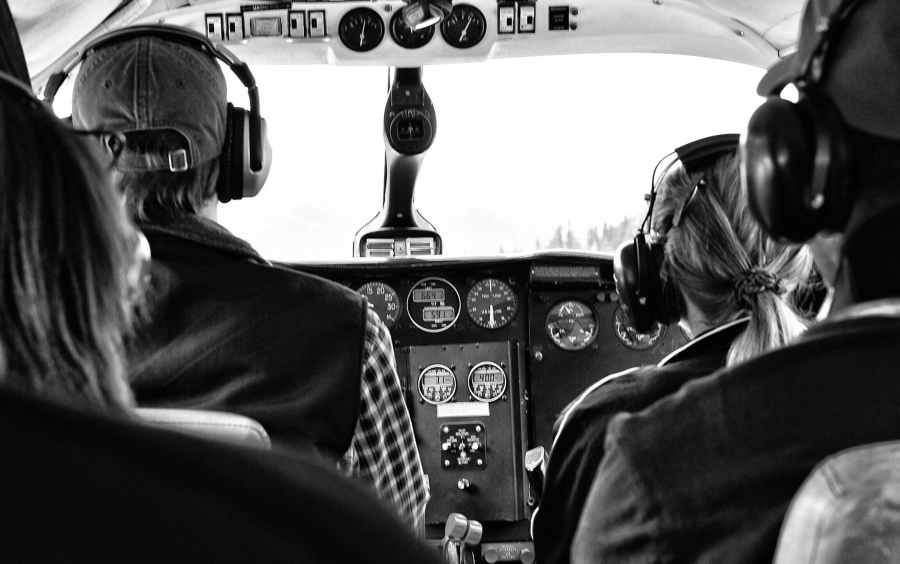Price-sensitive customers get attracted by the benefits offered by low-cost carriers. By low cost, the understanding till date was about the trade-off which Customers were ready to do with aesthetics or comfort features like in-flight entertainment, extra leg-room, food and beverages. However, with the findings from the aftermath of Lion Air flight 610 and Ethiopia airlines flight 302 crash, the price-sensitive customers are forced to rethink on their cost-benefit analysis.

Disruptive Business model
Any industry goes through a cycle of disruption and Airline industry cannot be an exception. Though there were several differentiation measures by competing Airlines’, one of the main disruptions came through the introduction of a new business model which started offering cheap air tickets. The major Airlines’ started expanding their product lines stretching downward with the introduction of low-cost airlines.
The customers were ready to trade-off and the low-cost carriers’ industry flourished. The competing airlines started differentiating with further customization while placing the order with the aircraft manufacturers. The Customers and market experts were with the understanding that customization was only in the method of services provided to the customers. However, the news article from NY Times (Dated 21st March 2019) reveals the fact behind the intentional compromise made on safety features to avoid additional cost. This decision taken by the procurement team of low-cost carriers’ sounds scary and it will make every air traveler think twice before he chooses to fly in a low-cost airline.
Standard Vs. Customized add-ons
The aircraft manufacturers seem to have a practice of standard and customizable features offered to the airlines’ while confirming the orders. The customizable feature seems to include those technologies which ensure safety aspects also. However, it came with a cost which the low-cost business model cannot accommodate. The regulatory measures also did not insist on having those specific features. This anomaly is the crux of the whole issue.
The pattern seen in both the crashes of Boeing 737 MAX 8, after erratic take-offs, seem to be similar. The ‘angle of attack indicator’ which is used to display the readings of the two ‘angle of attack sensors’ was missing in those flights. Moreover, with the absence of another safety feature called ‘disagree light’, the MCAS software was allowed to take control of the nose of the aircraft in moving up and down. In the race against machine, the pilots lost the control of the flight. Since both the safety features were an optional upgrade, the low-cost carriers’ did not choose to invest as their business model did not permit to take that additional cost. Finally, the Cost-saving measures for the low-cost carriers’ became a tragic loss to 346 families from multiple countries.
Questions to ponder
The questions that need to be answered by the different stakeholders are:
- What are the other safety features offered by aircraft manufacturers that have been neglected by the airlines’ industry?
- Why didn’t the safety regulations committee insisted on retaining those safety checks as a mandatory standard feature?
- Why didn’t the aircraft manufacturers alert the airlines’ industry about the ‘must-have’ versus ‘nice-to-have’ safety features while receiving the orders?
- Is there an option for the respective Governments to initiate a legislation making the airlines accountable for maintaining the aircraft with the necessary safety features?
- Will the current investigation get expanded beyond Boeing 737 MAX 8 aircraft model?
- Is there a possibility to bring regulatory measures to get standard safety features checked before an airline service provider is permitted to be part of an existing Alliances (Like Star Alliance, One world, Sky team)
- Is there an option to establish a Global Aviation certification panel for monitoring the inclusions of safety features which are fundamental to plane’s operations?
Conclusion
The travelers who preferred lost-cost carriers’ have been kept in the dark till date on the compromise made on safety aspects by the airlines’ industry. Irrespective of the airlines’, whether it is low-cost or luxury-loaded, the value of human life is the same. No one wants to risk his life for saving money. There are other ways and means to achieve that. The customers were ready to trade-off the luxury part and not on the safety part. The three parties who have the ownership to ensure maximum safety to the occupants of the aircraft are Aircraft manufacturers, Airline Industries and International Aviation safety regulations body. Will the trio collaborate to ensure flying to be a safer option?
References
1. NY Times: https://www.nytimes.com/2019/03/21/business/boeing-safety-features-charge.html